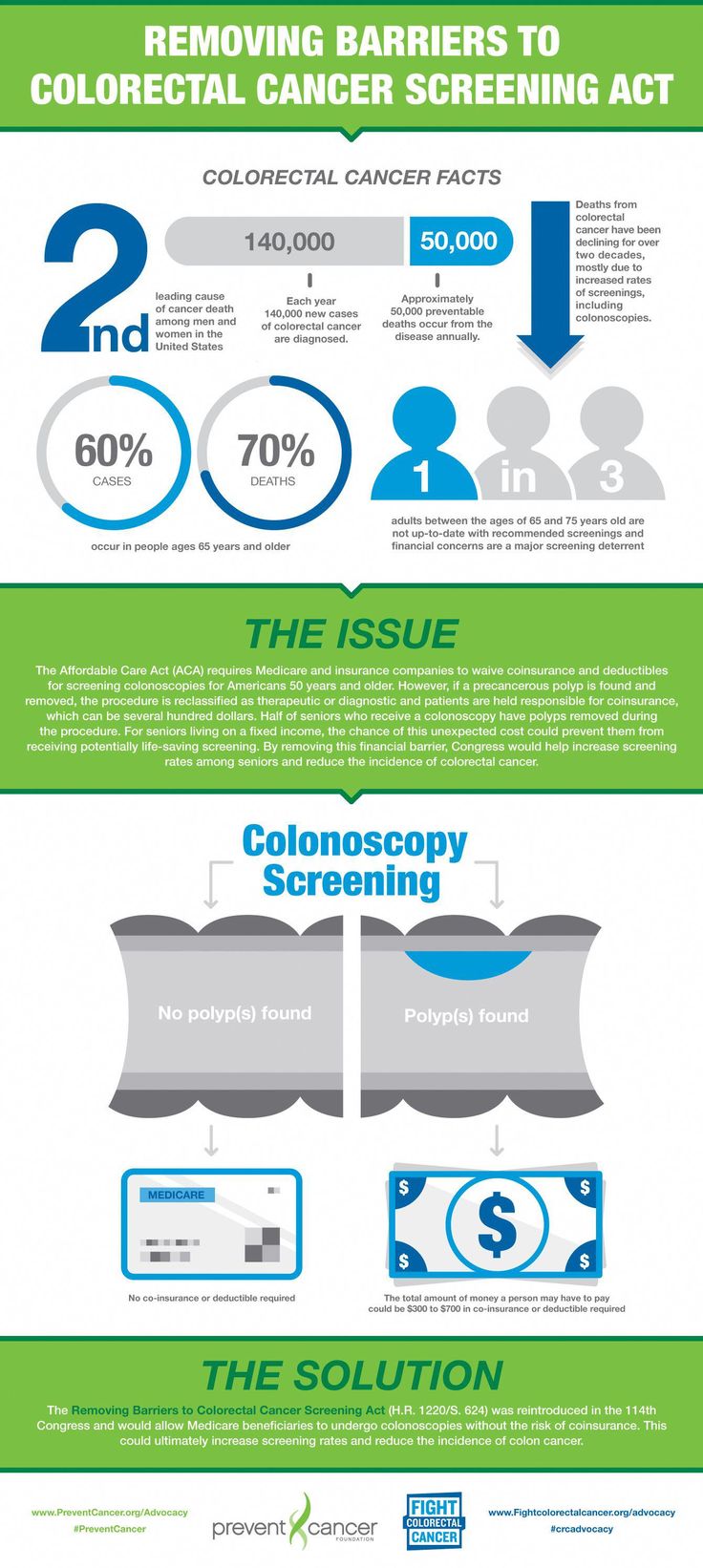Success Rates Of Cold Laser Therapy For Quitting Smoking
Success Rates Of Cold Laser Therapy For Quitting Smoking
Blog Article
What to Expect During a Cold Laser Method Session
Cold laser treatment is a non-invasive, pain-free therapy that helps in reducing inflammation and increases cell regeneration. It is a secure choice to intrusive procedures and frequently has instant results.
Laser photons initiate a chain reaction of chain reactions within the cell that lower pain, swelling, and accelerate healing. It boosts blood flow to the location by inducing vasodilation.
What to Expect
Cold laser therapy is a non-invasive treatment that makes use of low-level laser light to pass through deep into injured tissues, setting off cell function on several degrees to advertise cells recovery. This helps in reducing pain and swelling, while advertising contraction and regeneration.
Throughout a session, you'll rest or rest comfortably and the expert will certainly mark the locations on your body that requirement to be treated. The expert then applies a tiny handheld tool with the laser to the location. During the therapy, you may really feel a minor tingling or heat in the area of your injury.
Prior to beginning treatment, it is necessary to clean up the area of your injury and eliminate any precious jewelry or various other objects that can obstruct of the laser's course. It's likewise essential to stay clear of any type of combustible materials that could be in the location of the laser beam of light. This will ensure your safety and the effectiveness of the treatment.
Prep work
Cold laser therapy functions by shining light externally of your skin. The light is taken in by the leading layer of your skin and after that boosts the cells to create power that promotes recovery.
During the therapy, you may really feel a warm or prickling sensation in the area that is being dealt with. This is totally regular, though you ought to allow the specialist recognize if the experience is uneasy or as well strong.
This therapy has a great deal of assurance for aiding individuals with distressing brain injury (TBI). The treatment is non-invasive and does not have any type of unfavorable side effects. Nonetheless, even more research study is required to figure out the optimal treatment procedure. The very best method to figure out if you are a candidate for this type of therapy is to speak with a qualified physiotherapist. They will certainly have the ability to aid you establish if cold laser therapy is right for you.
The Treatment
Once the professional has actually effectively placed you for therapy, they will certainly after that put the cold laser device on the injured cold laser technique area. They might keep it on for 30 secs or longer, depending on the dimension of the injury and its level of sensitivity. They will utilize protective goggles to make sure that the laser does not directly strike the eyes, and they will ensure that you are protected from any type of glow that can happen.
You may really feel a slight prickling sensation on the area that is being dealt with, yet it will not be undesirable or unpleasant. This is an indication that the laser is functioning to boost the recovery procedure in the affected tissue.
Most patients experience discomfort relief within a couple of sessions, with some seeing enduring results also after numerous months of therapies. It is important to note that LLLT is not meant as a single therapy for any kind of persistent discomfort problem and it must be paired with various other restorative techniques in order to achieve maximum results.
Post-Treatment
After you rest or sit, the practitioner will certainly use a wand with a series of light-emitting diodes to target your pain site. You will certainly wear protective eye goggles, and the laser may be hung on your skin for 30 to 60 seconds. You might feel a gentle, relaxing sensation throughout the treatment.
The photons from the laser penetrate deep right into your cells, activating a recovery feedback on a mobile degree. Unlike various other forms of laser treatment, this low-intensity technique does not develop heat.
Some researches have actually shown that cool laser treatment works in dealing with a variety of problems, consisting of chronic discomfort and wounds. Nonetheless, it is much less widely accepted as a basic clinical practice, and it isn't covered by numerous health insurance plans. Furthermore, it is not recommended to be used over any type of suspicious malignant lesions or cancers or on pregnant women. You should always seek advice from your oncologist before seeking this type of treatment.